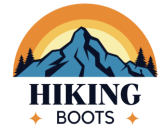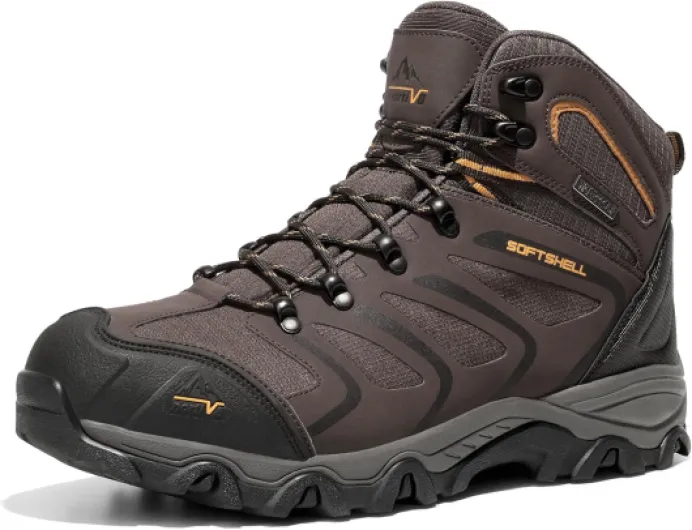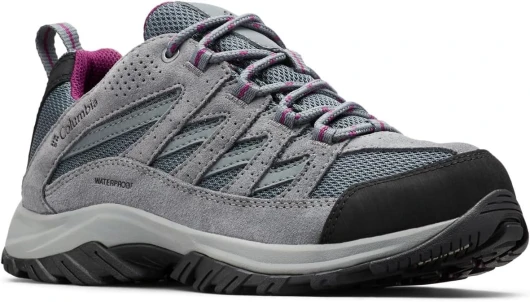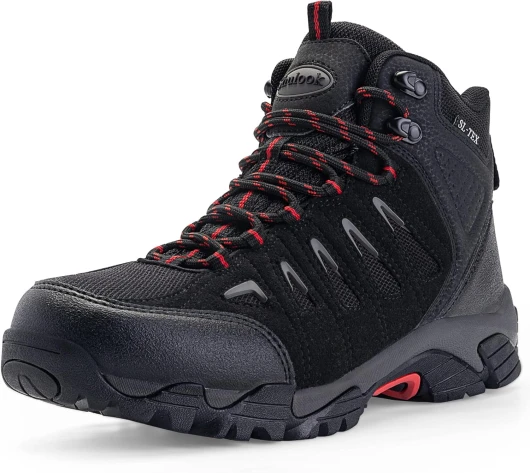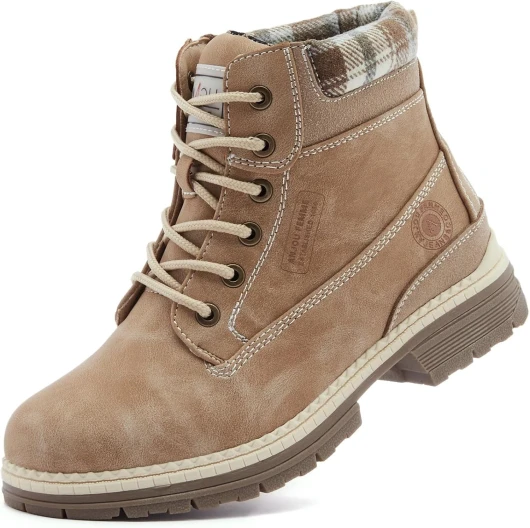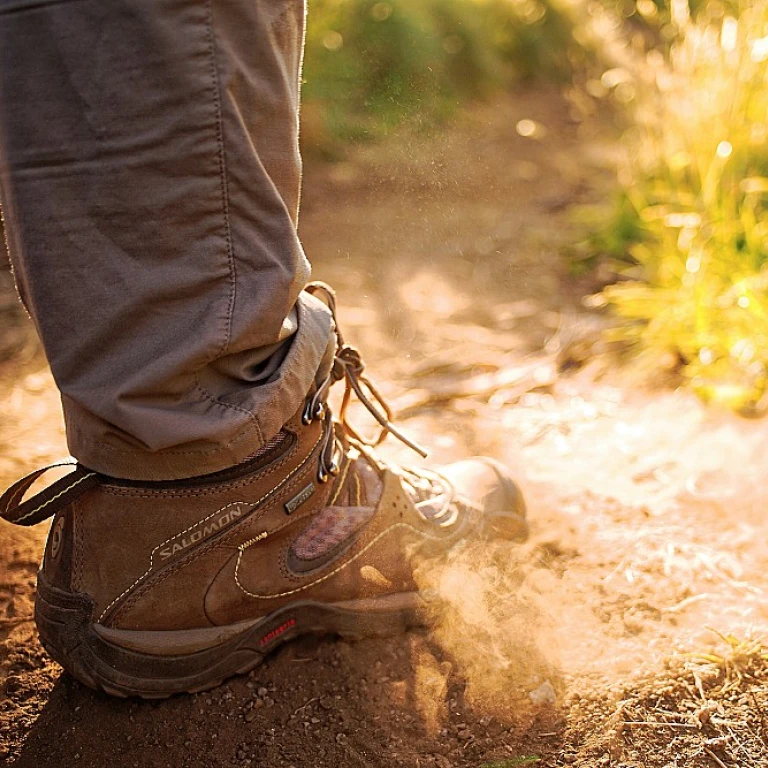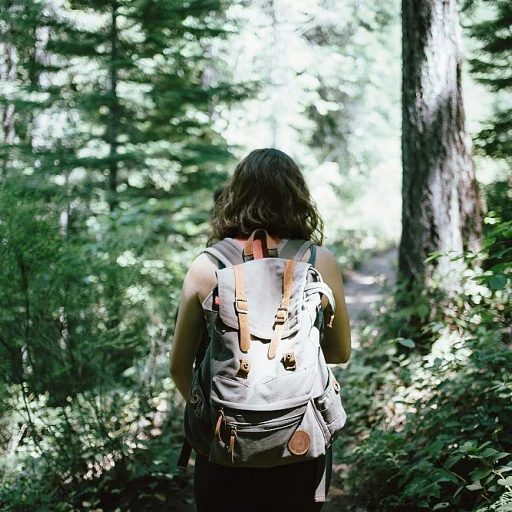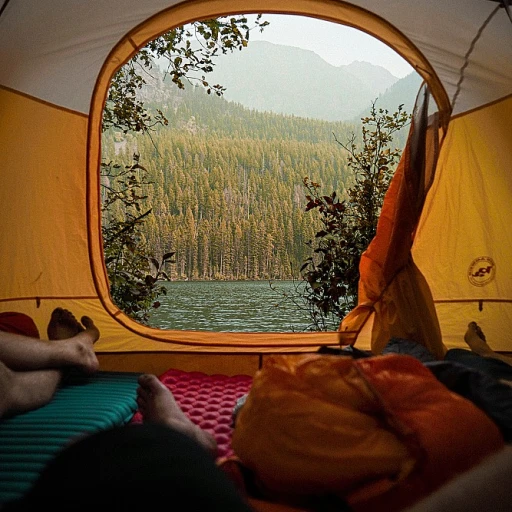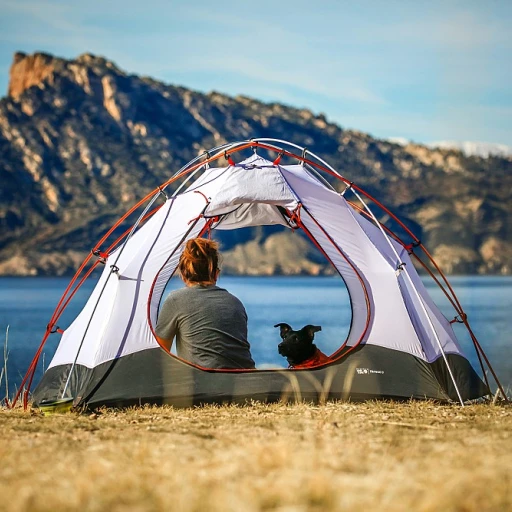
Understanding the Terrain of Half Dome
Preparing for the Unique Challenges of Half Dome
Nestled within the awe-inspiring Yosemite National Park, Half Dome is no ordinary hike. This iconic monolith offers a mix of challenging terrain and breathtaking views over Yosemite Valley, distinguishing it from other trails. If you're planning to undertake this endeavor, understanding the terrain is critical in choosing the right footwear. Half Dome encompasses an elevation gain of approximately 4,800 feet, and the final ascent involves the well-known dome cables. The trail includes the Mist Trail and sections of the John Muir Trail, offering diverse terrain that ranges from rocky paths to steep granite surfaces. Hikers must navigate through varying conditions, which can be wet or slippery at times. When considering the best hiking boots for this demanding trek, think about key features like waterproof hiking capabilities and solid ankle support to ensure stability on uneven paths. Ensure your boots offer robust traction for those slick surfaces, as well as protection for your feet, particularly in the toe area. Check out the benefits of a spacious toebox for additional comfort and support. Day hikers should prepare thoroughly by factoring in the high demands of the dome hike. While some people may complete the trail in one day, planning is essential for a safe attempt to reach the top half of this challenging ascent. Adequate hydration is vital; it's advisable to pack more water than you think you'll need. Additionally, consider packing items like gloves for the dome cables, as they offer better grip and protect your hands. Preparing your packing list with the demands of the dome trail in mind will greatly enhance your experience. Ensuring your hiking boots are well-suited to this rugged challenge will allow you to focus on the achievement rather than discomfort in your shoes.Key Features to Look for in Hiking Boots
Crucial Features for Your Half Dome Ascent
When preparing for the intense climb up Half Dome in Yosemite National Park, selecting the right hiking boots is paramount. The rugged terrain of the Mist Trail and the steep ascent along the cables on the dome trail demand footwear that offers protection and performance. Understanding the key features of hiking boots will help ensure a successful day hike to the iconic summit.
- Waterproof Material: The Mist Trail, famously wet due to its proximity to waterfalls, requires boots that keep your feet dry. Look for high-quality waterproof hiking boots to tackle the trail's slippery sections and maintain comfort.Finding affordable options with excellent waterproofing can be a game-changer.
- Ankle Support: As you climb the steep sections of the John Muir Trail and navigate the dome hike, proper ankle support is essential. Opting for boots with sturdy, high-cut designs can prevent injuries and provide the necessary stability.
- Tread and Traction: The elevation gain and rocky surfaces necessitate boots with excellent traction. Deep lugs and durable soles will offer the grip needed to safely ascend and descend the challenging terrain.
- Comfort and Fit: Given the long day hike, your boots should fit snugly but comfortably to prevent blisters and fatigue. A well-cushioned insole and adequate room for your toes can make all the difference.
- Durability: The intense conditions of the Yosemite Valley hike half dome require boots that can withstand wear and tear. Invest in high-quality materials that promise longevity.
- Weight: Lightweight boots reduce fatigue over time, allowing you to remain agile as you approach the dome cables. Balancing weight with necessary features is key to a suitable choice.
Equipping yourself with the best hiking boots tailored to the unique challenges of Half Dome will significantly enhance your hiking experience, ensuring you can focus on the breathtaking views rather than worrying about your feet. Prioritize these features when reviewing your packing list for a worry-free adventure.
Comparing Different Types of Hiking Footwear
Choosing the Right Type of Hiking Footwear
When it comes to tackling the formidable Half Dome in Yosemite National Park, selecting the appropriate hiking footwear is crucial. The diversity of shoes available on the market might seem overwhelming to hikers at first, but understanding the specific needs of the trail can provide clarity. Let's break down the options to help make your decision easier.- Trail Runners: Lightweight and often favored by those who prioritize speed, trail runners offer agility. However, they may fall short in providing the level of support needed for the substantial elevation gain on the Mist Trail or the strenuous trek up the Dome Cables.
- Hiking Boots: These are quintessential for the Half Dome hike, known for their solid ankle support and durability. Hiking boots are engineered to withstand the rugged terrain of the John Muir Trail and offer reliable traction, especially when you navigate the wet, misty sections near the waterfalls.
- Approach Shoes: Designed for technical trails, approach shoes can be advantageous for their sticky rubber soles, particularly in rocky landscapes. Yet, they may not offer the best comfort for a full-day hike due to limited ankle support.
- Waterproof Hiking Boots: A popular choice among hikers, these boots ensure your feet remain dry when traversing the streams scattered throughout the Dome Trail. Opting for boots with Gore-Tex fabric can provide breathability even on long, sunny days in Yosemite Valley.
Top Recommended Hiking Boots for Half Dome
Top Picks for Half Dome Adventures
When it comes to tackling the iconic Half Dome in Yosemite National Park, selecting the best hiking boots is pivotal to ensuring a safe and successful climb. Hiking half of this elevation gain requires footwear that provides excellent support and durability, particularly as you approach the challenging dome cables. For those setting out for a day hike across the John Muir or Mist Trail, consider what seasoned hikers prefer in their boots:- Waterproof Hiking Boots: The Mist Trail, as the name suggests, can be wet and slippery, particularly near Vernal Falls. Footwear that repels water will keep your feet dry and comfortable, which is essential for maintaining your stamina during the hike half of the dome.
- Ankle Support: Given the rugged terrain and significant elevation gain on the dome trail, robust ankle support is necessary to prevent injuries. This will be particularly valuable when navigating the rocky switchbacks.
- Breathability: A day hike in Yosemite Valley can vary in temperature. Choosing hiking boots with breathable materials will help regulate foot temperature and mitigate the risk of blisters during the important ascent time.
- Salomon X Ultra 3 GTX: Known for their lightweight design and excellent waterproofing, they perform well on the diverse terrains of the Half Dome hike.
- La Sportiva Nucleo High GTX: Offers superior breathability and grip, which is essential when climbing the dome cables.
- Merrell Moab 2 Mid Waterproof: Famous for comfort and support, they provide good balance on uneven trails.
Tips for Breaking in Your Hiking Boots
Getting Ready for Your Adventure: Breaking in Your New Hiking Companions
Breaking in your hiking boots is a crucial step before setting out on the adventure of conquering Half Dome. It's one thing to have waterproof hiking boots with excellent ankle support, but if they’re not worn in, discomfort and blisters on the Mist Trail could become an unexpected challenge. Firstly, take the time to wear them on short walks or hikes around your local trails. This process will help your feet adapt to the new boots, allowing them to flex and mold to your feet in a comfortable way. Trust this time as an investment in your future climbs and descents in Yosemite National Park. When venturing on these preliminary hikes, try to mimic the conditions of the half dome hike. Wear the same socks and gloves you’d have on the dome trail, and maybe even pack a day backpack to get used to the weight you’ll be carrying on the trail. By experiencing these conditions beforehand, you're likely to identify any uncomfortable spots sooner rather than later. Another useful tip is to test your boots on varied surfaces, simulating the rocky terrain near the dome cables. The more accustomed your boots are to the diverse elevations and surfaces, the better prepared you'll be for the muir trail and john muir's summit. Lastly, don’t forget to tune in to how your feet feel after each practice hike. This feedback is invaluable for making adjustments or changes to your packing list. Over time, with patience and persistence, your boots will mold perfectly to your feet, ensuring your best experience on the challenging trail to the top half of Half Dome. Remember, the key to a successful day hike lies in preparation, and well-broken-in hiking boots are an essential part of that preparation.Maintaining Your Hiking Boots for Longevity
Extending the Life of Your Hiking Boots
Proper care and maintenance of your hiking boots are pivotal to ensure they withstand the challenges of trails like Yosemite's Mist Trail or the strenuous John Muir Trail. Keeping your boots in good condition will make your dome hike more comfortable, providing the essential ankle support needed for the elevation gain of Half Dome.- Clean Your Boots Regularly: Dirt, mud, and even trail dust can damage the leather or fabric over time. After any hike, especially the dusty trails of Yosemite Valley, rinse your boots with water and a soft brush to remove debris. For a deeper clean, use a mild soap specifically designed for hiking boots.
- Dry Them Thoroughly: Wet boots, especially those exposed on hikes like the Mist Trail, can lead to material damage and odors. Always dry your boots in a well-ventilated space, away from direct heat sources which can warp the materials. Newspaper inside the boots can help absorb moisture.
- Waterproofing Treatment: If you’re wearing waterproof hiking boots, ensure you maintain their water resistance by applying a suitable waterproofing treatment. This is particularly essential before embarking on a trail with water elements, like the dome cables or on day hikes in variable conditions.
- Inspect and Repair: Regularly check your boots for any signs of wear, such as cracks or detached soles. Timely repairs can keep you comfortable through every trail you conquer.
- Store Properly: When not in use, store your boots in a cool, dry place. Avoid keeping them in humid or cramped environments that can degrade materials over time.
- Sole Check: Terrain like the trail to Half Dome can be unforgiving on your soles. Check for worn-out treads to prevent slips that can occur, especially on rocky ascents or descents. Replace the soles before wear compromises their functionality.
